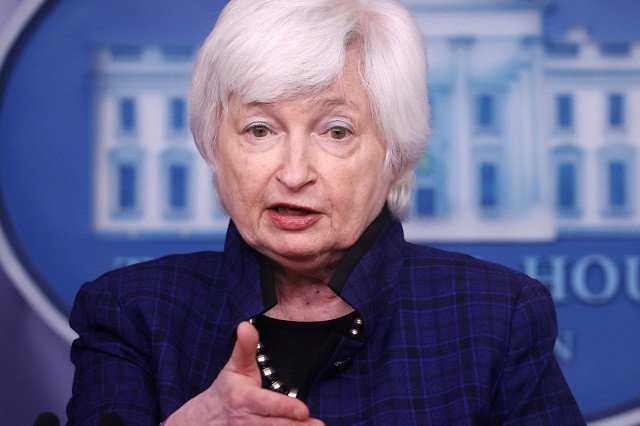Alongside the ongoing issue of the COVID-19 pandemic and two infrastructure bills, concerns about exceeding the debt ceiling now loom over Congress. On September 28, 2021, U.S Secretary Janet Yellen made a statement on the impending issue: “I do regard October 18 as a deadline. It would be catastrophic to not pay the government’s bills, for us to be in a position where we lacked the resources to pay the government’s bills.” It was predicted that if the deadline wasn’t met, the government could be forced to default on the debt, which has never happened before. With this in mind, finance experts, such as Secretary Yellen, have estimated that this would have devastating impacts on the macro- and micro-economy. But, what is the debt ceiling and why is it a problem?
The debt ceiling is the limit the government places on the Department of the Treasury’s ability to borrow money. Since current tax revenue is not enough to sustain programs, the government must borrow money to pay for its essential programs, such as Medicare and Social Security. Historically, the debt ceiling has always been raised or suspended by Congress, allowing the government to continue borrowing money to meet financial needs. The last occurrence of this was in 2019 when Congress voted to sustain the debt ceiling until August 1st, which has now passed. This has left Capitol Hill scrambling for a solution before the government reaches the limit and goes into default.
A default, which means that required payments have yet to be made, would cause problems on all economic levels. It could prevent funds for federal workers, military and social security paychecks, Medicare benefits, and tax refunds from going out, which would devastate millions of households that rely on that income for living expenses. The stock market would also drop drastically because unemployment would spike and banks holding U.S. debt could fail. This could also lead to inflation and devaluing of U.S. money, which would affect the U.S.’s ability to trade internationally, specifically with importing.
To temporarily solve this crisis, the Senate Democrats sought to pass a bill that would allow the government to borrow money until December 3rd. The bill passed on October 7, 2021, along partisan lines with a 50-48 vote, no Republicans voted for the bill and two sustained from a vote. Despite a lack of Republican support on the final vote, 10 Republicans voted to bypass the filibuster and allow the final vote to take place. While this temporarily solves the debt ceiling crisis and prevents the United States government from defaulting, this is not a permanent solution. On October 12, 2021, the bill was passed in the House along party lines in a 219-206, with all Republicans voting against it. The legislation now heads to the President to be signed.
While there is agreement on the importance of the issue, there is a lot of partisan divide of how to solve it. While the Democratic party seeks to solve the short-term issue by raising the debt ceiling, in both chambers the Republican party has been united on preventing another raise or suspension of the debt ceiling. Senate Minority Leader Mitch McConnell stated, “I will not be a party to any future efforts to mitigate the consequences of Democratic mismanagement,” cementing the Republican intention to block measures by Democrats to raise the debt ceiling, effectively declaring that they would need to create a solution on their own. Senator McConnell has suggested the Democrats use budget reconciliation to raise the cap of their own, which Democrats have rejected because the process would take longer.






Be the first to comment on "The U.S.’s Debt Ceiling Crisis"